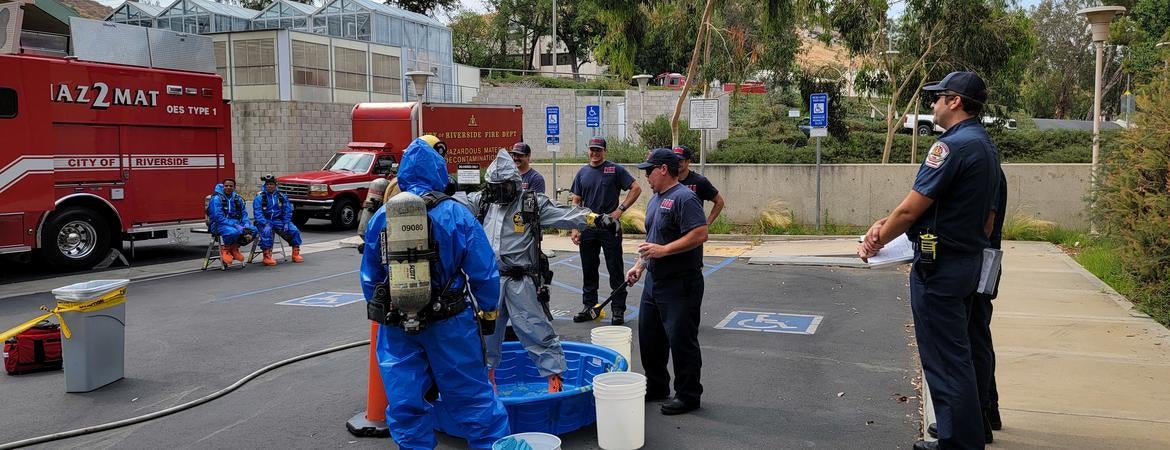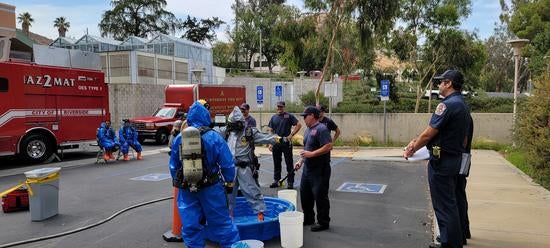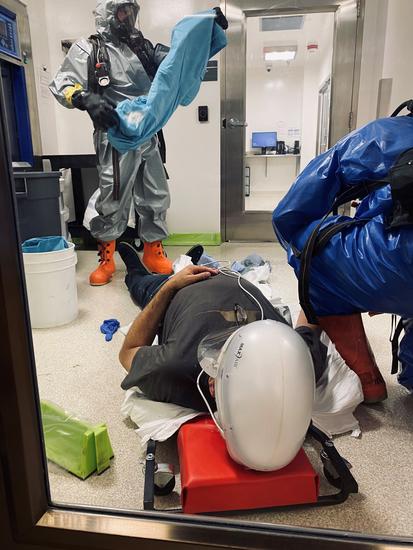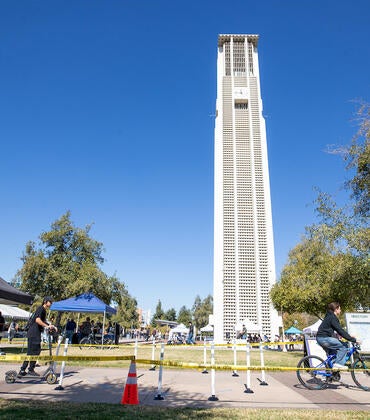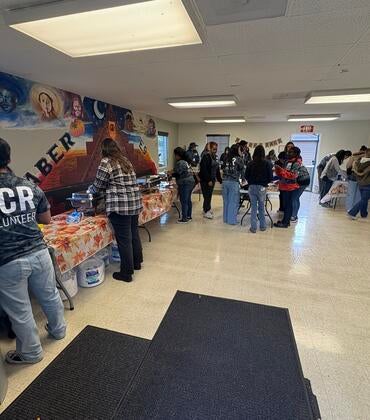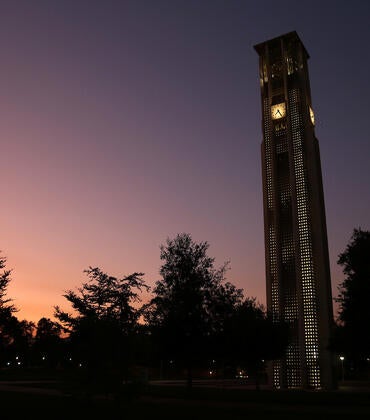UC Riverside held its first biohazard safety drill in four years this summer, partnering with local emergency response agencies to test campus preparedness.
The June 29 drill included first responders from the Riverside Fire Department and Hazardous Materials team, who tested the response to an emergency at a biosafety level 3 lab. Also participating were UCR’s Environmental Health and Safety department, Fire Marshal, UC Riverside Police Department, and the Office of Emergency Management.
The last drill of such magnitude was held in 2017, but this type of training will happen on a more regular basis now, said Jason Espinoza, director of the Office of Emergency Management.
The Centers for Disease Control and Prevention categorizes biological laboratories in four levels, from low to high, based on the amount of risk and the type of organisms being researched.
The campus recently activated a biosafety level 3 lab and will run tests annually as part of federal requirements, Espinoza said.
“Training with campus partners and local first-responder agencies amplifies preparedness and safety of laboratory personnel dedicated to innovative research for a complex world,” he said.
The nearly three-hour drill was held at a small lab space in a building in the southeast section of campus. The building is not being named due to security protocols.
The 40 participants included 25 first responders, evaluators, and four actors playing roles in a scenario where a researcher faints in the lab and needs to be rescued, said Matt Mahaffey, emergency coordinator/trainer with the Office of Emergency Management.
Although the lab team and other participants knew that a drill would be held, they were not told the details of what would occur.
“You want people reacting in as close to a real-life environment as possible,” Mahaffey said.
The exercise tested three main areas: search and rescue, operational coordination, and operational communication. Mahaffey said the personnel performed well in the drill and met all the targets and goals set by the planning team.
Espinoza said these types of drills will help prepare the campus and create better outcomes in case of an emergency.
